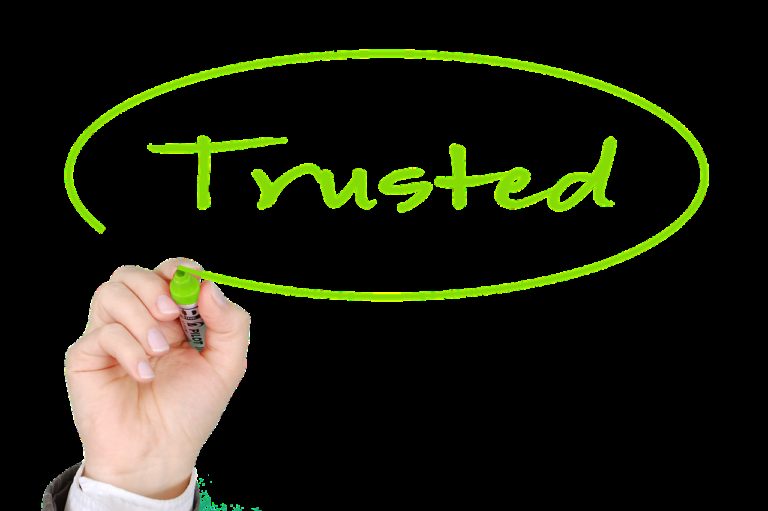Acquiring new customers is only part of the equation for long-term success. Retaining existing customers is equally crucial, as loyal customers are more likely to make repeat purchases, provide valuable feedback, and advocate for your brand. Yet, many businesses struggle with maintaining customer loyalty, often focusing their efforts primarily on attracting new clients rather than nurturing the ones they already have.
Effective customer retention strategies can make a significant difference in your business’s growth and sustainability. This article explores various customer retention strategies, providing detailed insights and actionable tips to help you keep your customers coming back for more.
1. Understand Your Customers
Gather and Analyze Customer Data
The foundation of effective customer retention is a deep understanding of your customers. Collecting and analyzing customer data can provide valuable insights into their preferences, behaviors, and pain points.
Utilize tools like customer surveys, feedback forms, and analytics platforms to gather information about what drives your customers’ decisions and satisfaction levels. Analyzing this data will help you identify patterns and trends, allowing you to tailor your retention strategies to meet your customers’ specific needs.
Develop Customer Personas
Creating detailed customer personas based on the data you collect can further enhance your understanding of your audience. Customer personas are fictional representations of your ideal customers, incorporating demographic information, interests, behaviors, and goals. This way, you can better predict your customers’ needs and preferences, allowing you to create more personalized and relevant retention strategies.
2. Provide Exceptional Customer Service
Train Your Staff
Exceptional customer service is a cornerstone of customer retention. Invest in training programs for your staff to ensure they are equipped with the skills and knowledge needed to provide outstanding service.
This includes effective communication, problem-solving, and empathy. Empowering your team to handle customer inquiries and issues professionally and promptly can significantly enhance the overall customer experience and foster loyalty.
Implement a Customer Support System
Utilize a customer support system that allows for efficient management of customer inquiries, complaints, and feedback. Implementing tools such as live chat, helpdesk software, and customer relationship management (CRM) systems can streamline communication and ensure that customer issues are addressed promptly. Providing multiple channels for support, including phone, email, and social media, can also enhance accessibility and convenience for your customers.
3. Offer Personalized Experiences
Customize Your Communications
Personalization is key to making customers feel valued and appreciated. Customize your communications by addressing customers by name, referencing their past purchases, and tailoring your messages to their preferences.
Utilize data from customer interactions to create targeted email campaigns, personalized product recommendations, and exclusive offers. Personalization can enhance the relevance of your communications, making customers more likely to engage and remain loyal to your brand.
Create Loyalty Programs
Loyalty programs are a powerful tool for encouraging repeat business and rewarding customer loyalty. Design a program that offers rewards, discounts, or exclusive benefits based on customers’ purchasing behavior.
Consider implementing tiered rewards to incentivize higher spending and greater engagement. By recognizing and rewarding your most loyal customers, you can strengthen their commitment to your brand and foster long-term relationships.
4. Foster Community Engagement
Build an Online Community
Creating an online community for your customers can enhance their connection to your brand and encourage ongoing engagement. Utilize social media platforms, forums, or dedicated community spaces to facilitate discussions, share valuable content, and encourage interactions among customers. Building a sense of community can foster loyalty by providing a space for customers to connect, share experiences, and support each other.
Host Events and Webinars
Hosting events, webinars, or workshops related to your industry or products can provide added value to your customers and strengthen their relationship with your brand. These events offer opportunities for customers to learn, engage with your brand, and interact with other customers.
Whether virtual or in-person, events can enhance customer loyalty by providing valuable experiences and demonstrating your commitment to their growth and interests.
5. Implement Feedback and Improvement Processes
Collect Customer Feedback
Regularly collecting feedback from your customers is essential for understanding their needs and improving your offerings. Implement feedback mechanisms such as surveys, suggestion boxes, or customer review platforms to gather insights into what your customers appreciate and what areas need improvement.
Actively seeking and valuing customer feedback demonstrates your commitment to their satisfaction and can help you make informed decisions to enhance your products or services.
Act on Feedback
Collecting feedback is only useful if you act on it. Analyze the feedback you receive and implement changes based on customer suggestions and concerns. Communicate with your customers about the improvements you’ve made as a result of their feedback, showing them that their opinions are valued and have a tangible impact. This responsive approach can build trust and reinforce customer loyalty.
Conclusion
Investing in customer retention not only enhances loyalty but also contributes to increased revenue, positive word-of-mouth, and a stronger brand reputation. As you apply these strategies, remember that retaining customers is an ongoing process that involves continuous improvement and adaptation.
Frequently Asked Questions (FAQs)
1. What are some effective ways to understand my customers better?
To understand your customers better, gather and analyze data through surveys, feedback forms, and analytics tools. Develop customer personas based on this data to predict their needs and preferences. Regularly review customer interactions and feedback to stay informed about their changing needs.
2. How can I improve my customer service?
Improve customer service by investing in staff training programs, implementing efficient customer support systems, and offering multiple communication channels. Ensure your team is skilled in effective communication, problem-solving, and empathy to provide exceptional service.
3. What are some examples of personalized experiences I can offer?
Examples of personalized experiences include customized email communications, personalized product recommendations, and tailored offers or discounts based on customers’ past purchases. Implementing a loyalty program with tiered rewards can also enhance personalization.
4. How can I build a strong online community for my customers?
Build a strong online community by creating dedicated spaces on social media platforms, forums, or community websites where customers can interact, share experiences, and engage with your brand. Regularly post valuable content and facilitate discussions to keep the community active and engaged.
5. What should I do with customer feedback?
Collect customer feedback through surveys and review platforms, analyze it to identify areas for improvement, and implement changes based on the feedback received. Communicate with customers about the improvements made as a result of their feedback to demonstrate that their opinions are valued and acted upon.



